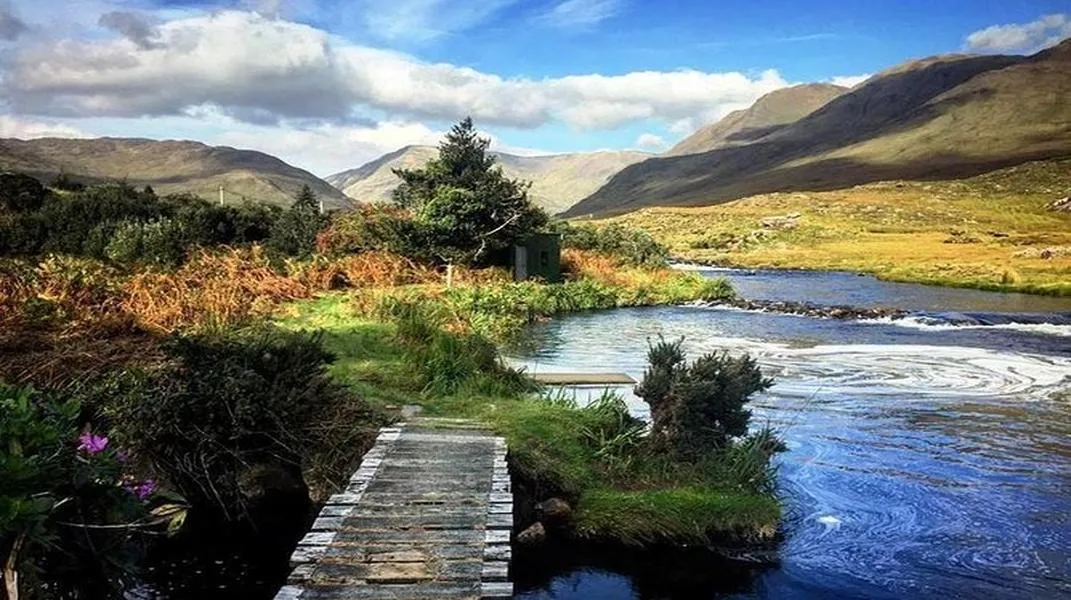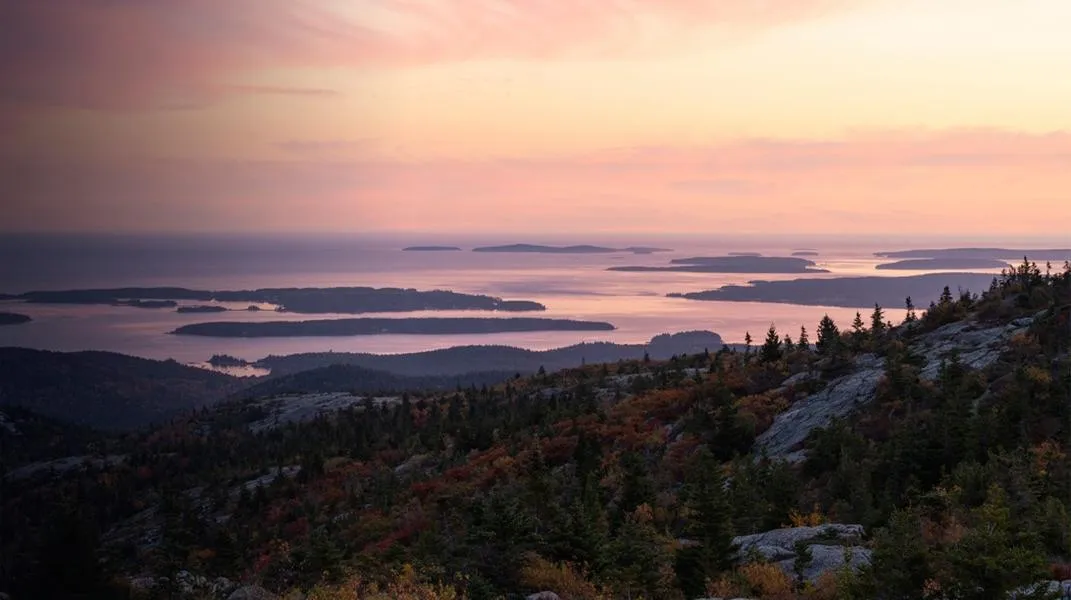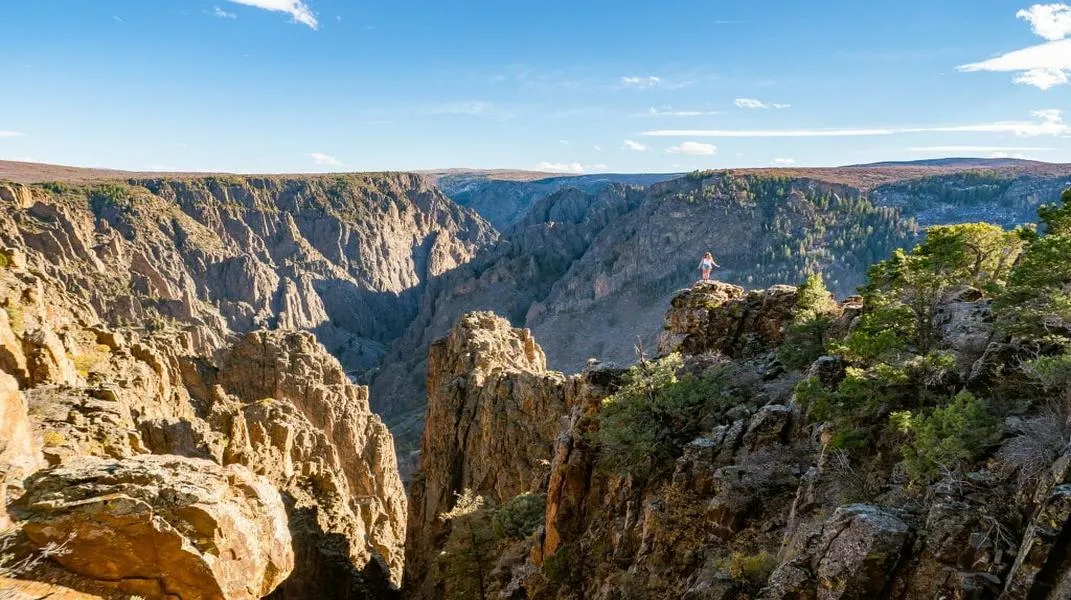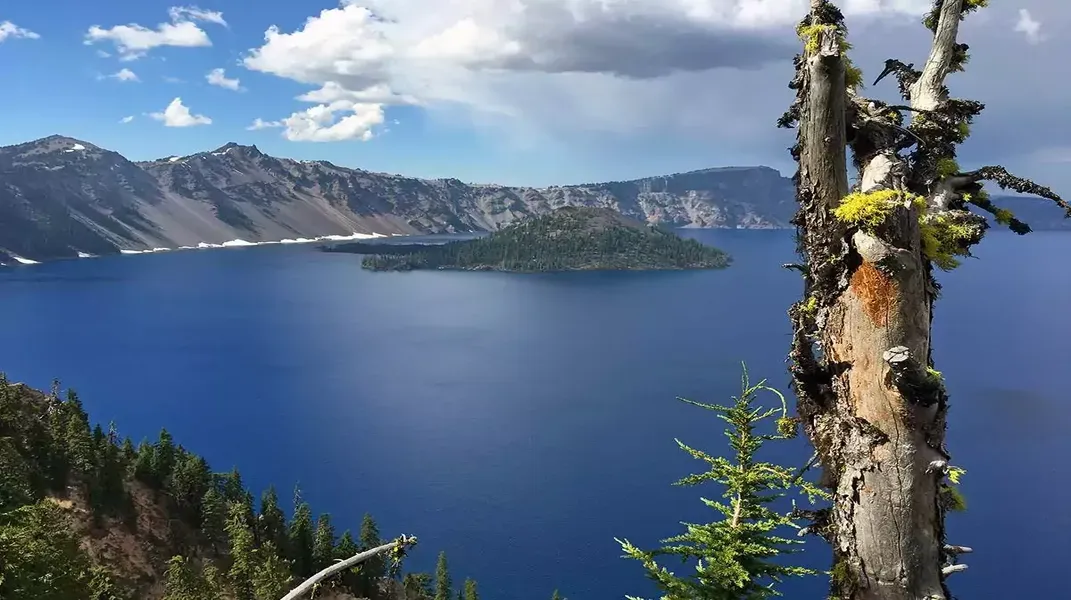Exploring the Enchantment of White Sands National Park: A Comprehensive Visitor’s Guide
Nestled in the heart of New Mexico, White Sands National Park is a unique and breathtaking destination that stands out for its stunning landscapes and rich ecosystem. Covering approximately 275 square miles, the park is home to the largest gypsum dune field in the world, an otherworldly expanse that captivates visitors with its shimmering white sands. This article serves as an in-depth guide to the park’s attractions, as well as the essential materials you will need to prepare for an unforgettable visit.
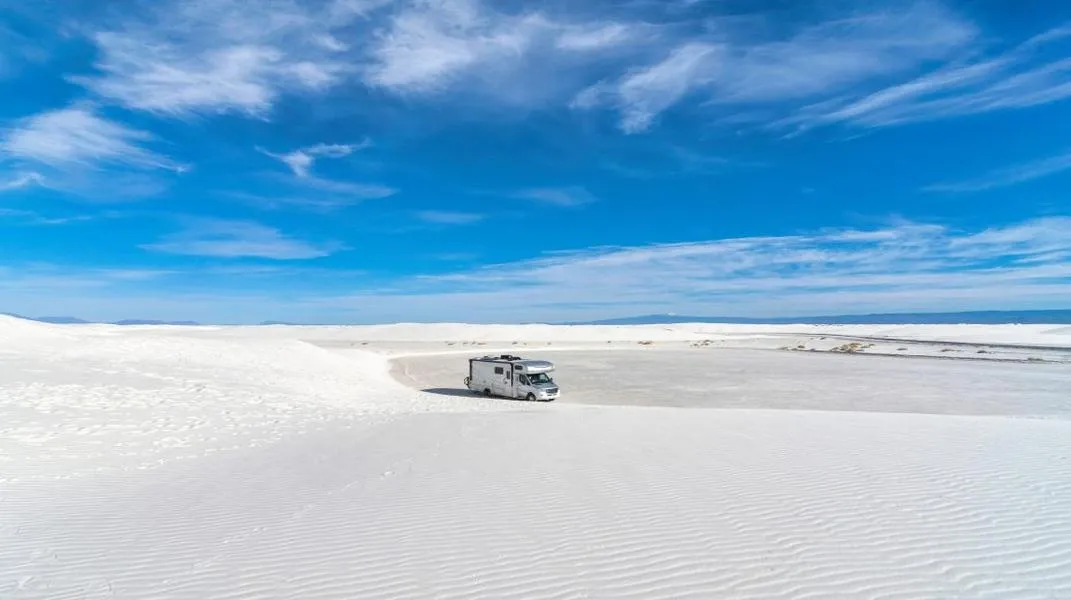
A Brief History of White Sands National Park
Before delving into the details of the park itself, it is important to understand its historical context. The area now known as White Sands National Park has a rich Indigenous history, with the Mescalero Apache and Pueblo tribes having long regarded the land as sacred. The park's striking landscape was formally established as a national monument in 1933 and designated as a national park in 2019. The park is characterized by its unique gypsum sand, which is formed from the erosion of the surrounding mountains and transported by wind.
Geology and Landscape
What sets White Sands apart from other desert landscapes is its gypsum sand, which is created from the evaporation of water in the nearby Tularosa Basin. Unlike typical quartz sand found in most deserts, gypsum does not retain heat as quickly, allowing for a comfortable environment even during the day. The park’s dunes can rise as high as 60 feet and are constantly shifting, creating a mesmerizing landscape that changes with the winds.
Visitors to White Sands can explore a variety of dune formations, from sweeping waves of sand to isolated peaks that offer stunning panoramic views. The interplay of sunlight and the white gypsum creates an ethereal glow, especially during sunrise and sunset, making it a photographer's paradise.
Flora and Fauna
Despite its seemingly barren landscape, White Sands is home to a diverse array of plant and animal species that have adapted to this unique environment. The park boasts over 800 species of plants, including the resilient yucca, which thrives in the sandy soil. Other notable vegetation includes the mesquite tree and various grasses that provide shelter and food for wildlife.
The fauna of White Sands is equally diverse, with various species of mammals, birds, and reptiles calling the park home. Keep an eye out for the elusive kit fox, which often hunts at dusk, as well as jackrabbits and various lizards that can be spotted basking in the sun. Birdwatchers will delight in the opportunity to observe species such as the roadrunner, horned lark, and various songbirds that inhabit the area.
Activities and Attractions
White Sands National Park offers a plethora of activities for visitors to enjoy, making it an ideal destination for outdoor enthusiasts, families, and nature lovers alike.
1. Hiking
The park features several well-marked trails that allow visitors to explore the enchanting landscape on foot. Notable trails include:
- Dune Life Nature Trail: This easy, 1.5-mile loop is perfect for families and provides insight into the unique flora and fauna of the park. Interpretive signs along the way offer educational information about the ecosystem.
- Sands Dunes Recreation Area: For those seeking a more challenging hike, the park offers access to the dunes themselves. Visitors can trek across the stunning white sands, where the only limit is your sense of adventure.
- Alkali Flat Trail: This 5-mile round-trip trail leads through the heart of the dune field and offers a more immersive experience in the park’s unique ecosystem.
2. Sledding
One of the most popular activities at White Sands is sand sledding. Visitors can rent or purchase sleds from local shops in nearby Alamogordo and bring them to the park. The steeper slopes of the dunes provide hours of fun for families and thrill-seekers alike. Just be sure to follow safety guidelines and check for the best locations to sled.
3. Photography
With its striking contrasts and dramatic landscapes, White Sands is a photographer’s dream. Early mornings and late afternoons offer the best lighting, casting long shadows and enhancing the textures of the dunes. Don’t forget to capture the golden hues of sunrise and sunset, which transform the landscape into a surreal canvas.
4. Stargazing
Due to its remote location and minimal light pollution, White Sands National Park is an excellent spot for stargazing. Visitors can enjoy clear views of the night sky, making it ideal for astronomy enthusiasts. The park often hosts night sky programs, providing educational opportunities to learn about constellations, planets, and the universe.
5. Educational Programs
The park offers a variety of educational programs and ranger-led activities throughout the year. These programs cover topics such as the park’s unique geology, ecology, and cultural history. Check the park’s calendar for specific events during your visit.
Preparing for Your Visit
To ensure a safe and enjoyable visit to White Sands National Park, it is important to be well-prepared. Below is a comprehensive list of materials you should consider bringing along:
1. Clothing
- Lightweight, breathable clothing: The temperatures can vary significantly, so layers are key. Wear moisture-wicking fabrics that will keep you cool during the day and warm during cooler evenings.
- Sun protection: A wide-brimmed hat, sunglasses, and sunscreen are essential to protect yourself from the intense sun exposure, especially during midday.
- Sturdy footwear: Hiking boots or sturdy sandals with good traction are recommended for navigating the dunes and trails.
2. Hydration and Snacks
- Water: Staying hydrated is crucial in the arid environment of White Sands. Bring a refillable water bottle or hydration pack to ensure you have enough water for your activities.
- Snacks: Pack lightweight, high-energy snacks such as trail mix, granola bars, or dried fruit to keep your energy levels up during hikes and activities.
3. Equipment for Activities
- Sled: If you plan to go sand sledding, either bring your sled or rent one from a local store in Alamogordo.
- Camera: Capture the stunning landscapes and wildlife with a camera or smartphone. Consider bringing a tripod for night photography.
- Binoculars: For birdwatching or exploring the distant landscape, a pair of binoculars can enhance your experience.
4. Navigation Tools
- Map: While the park is well-marked, having a physical map can be helpful for navigation, especially if you plan to hike.
- GPS or smartphone: Use your smartphone for navigation and to access information about the park. Just be cautious of battery usage, as GPS can drain your phone quickly.
5. Safety Gear
- First aid kit: A basic first aid kit can come in handy for minor injuries or ailments during your visit.
- Emergency supplies: A flashlight, whistle, and a multi-tool can be useful if you find yourself in an unexpected situation.
6. Respecting the Environment
As a visitor to White Sands National Park, it is essential to practice Leave No Trace principles. This includes packing out all trash, staying on designated trails, and respecting wildlife. The park is home to fragile ecosystems, and your actions can have a lasting impact on the environment.
Conclusion
White Sands National Park offers a unique opportunity to explore a landscape that feels almost otherworldly. With its stunning gypsum dunes, diverse wildlife, and a variety of recreational activities, the park is a must-visit destination for nature lovers and adventure seekers alike. By preparing adequately and respecting the environment, you can ensure a memorable experience that showcases the beauty and magic of this remarkable national park. Whether you’re hiking, sledding, or simply soaking in the breathtaking views, White Sands promises an adventure like no other.

